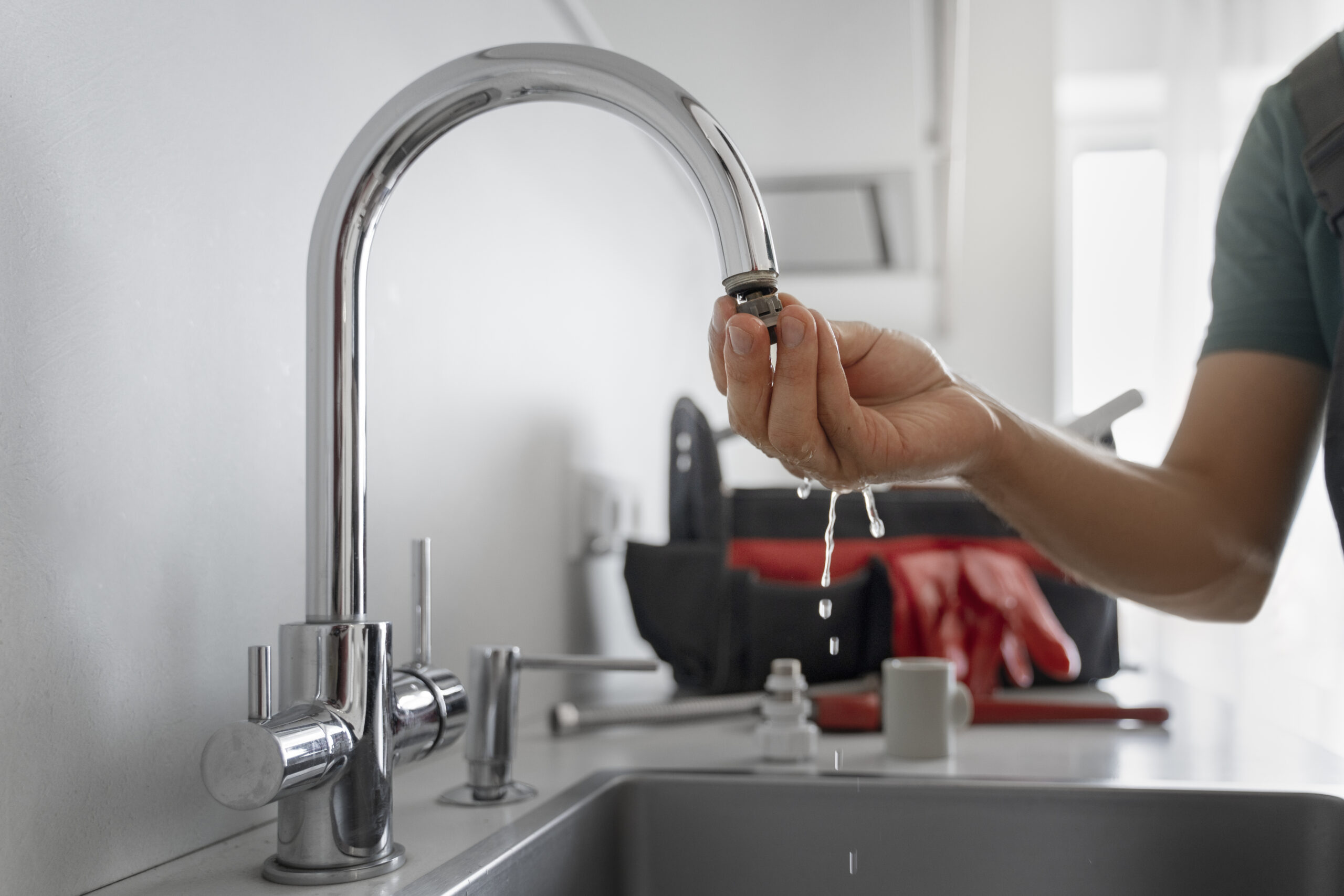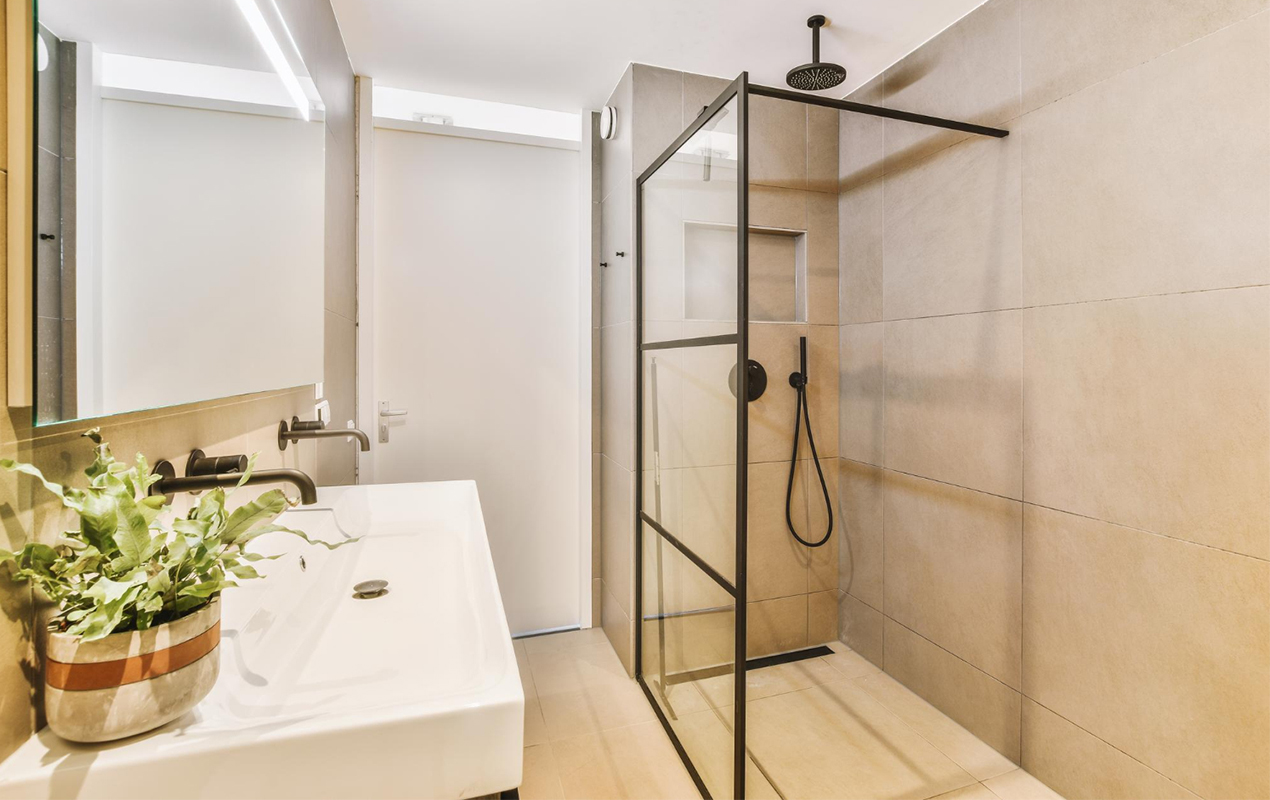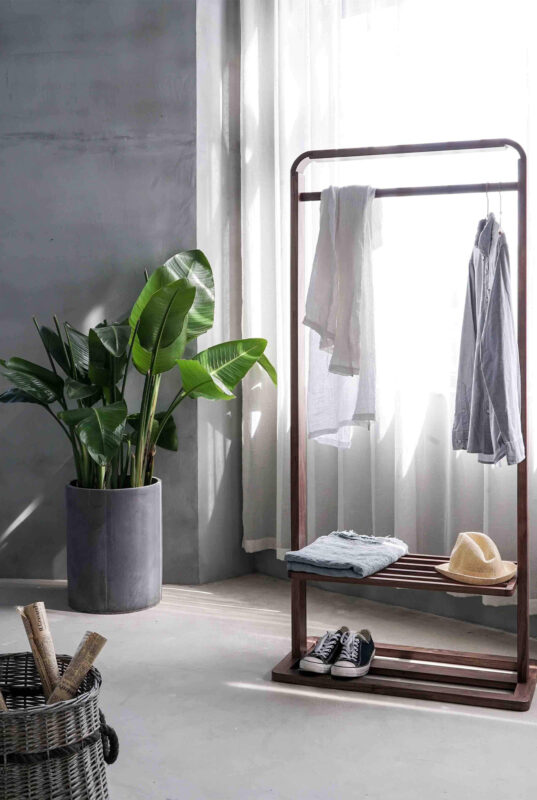Blog
What Is a Water Sediment Filter & Why Your Home Needs One

What Are Sediment Filters Made For?
Clean water is essential for every home, but many water sources contain unwanted particles such as sand, rust, dirt, and other debris. A water sediment filter is designed to trap these particles before they enter your home’s plumbing or appliances. Whether your water comes from a well or municipal supply, sediment buildup can clog pipes, damage appliances, and reduce the efficiency of your water filtration system.
How a Water Sediment Filter Works
A sediment water filter functions as a pre-filter in a larger whole-house water filter setup. Water flows through the filter cartridge, which captures physical contaminants through layers of filtering material. The pores in the filter material vary in size depending on the types of sediment filters used. Finer filters trap smaller particles, while coarser ones focus on larger debris.
By removing these impurities early, the filter protects downstream filters, pipes, water heaters, washing machines, and drinking water systems from premature wear and tear.
Types of Sediment Water Filters
Understanding the different types of sediment filters helps in selecting the best option for your home.
Spun Filters
These filters are made from polypropylene that’s melted and spun into layers. The outer layers catch larger particles, while the inner layers trap finer ones. This gradient design makes spun filters ideal for homes with high sediment loads.
Pleated Filters
Pleated filters offer more surface area by folding the filter material, allowing them to trap more debris and last longer. They are also washable and reusable in some models, making them an economical choice for households with moderate sediment levels.
String-Wound Filters
This type of sediment cartridge filter is made by tightly winding string around a core. These filters are commonly used in well systems and are especially good at catching fine sand, rust, and silt. Their durability makes them suitable for higher-pressure environments.
Benefits of Using a Sediment Filter in Your Home
Installing a sediment filter for home use provides several immediate and long-term advantages:
- Protects plumbing and appliances: Sediment can scratch internal parts of faucets, clog aerators, and damage water heaters. Filtering it out increases the lifespan of your household infrastructure.
- Improves water clarity: You’ll notice visibly cleaner water in sinks, tubs, and washing machines.
- Boosts filter system efficiency: By capturing particles early, sediment filters prevent clogging in finer carbon or reverse osmosis filters.
- Reduces maintenance costs: You’ll replace other filters and service appliances less frequently.
Installing a whole-house water filter system with a water sediment filter is one of the most cost-effective solutions for long-term water quality.
Continue Reading: Why Solar Modular Homes Are The Future Of Sustainable Living?
How Often Should You Replace Sediment Water Filters?
Most sediment water filters need replacement every 3 to 6 months, depending on water quality, household usage, and filter type. Spun and pleated filters usually last longer than string-wound ones, especially if they’re washable. Always monitor your water pressure—if it drops, it may indicate a clogged filter that needs replacing.
Common Signs That Your Water Needs a Sediment Filter
Even if your water looks clear, invisible contaminants can still be present. However, some visual and practical signs clearly indicate the need for a sediment water filter:
- Discolored water: If your water appears brown, yellow, or cloudy, that often means it contains rust, dirt, or organic particles.
- Staining on fixtures and laundry: Iron and manganese sediment can leave reddish or brown marks on sinks, tubs, and clothes.
- Reduced water pressure: Sediment buildup can block faucet aerators or narrow your pipes, decreasing flow rate.
- Shortened appliance lifespan: Dishwashers, washing machines, and heaters may break down faster due to internal sediment buildup.
If you’ve noticed any of these issues, a water sediment filter can be an affordable and low-maintenance solution that prevents long-term damage.
How to Choose the Right Sediment Filter for Your Home
Not all sediment filters for home use are created equal. The right choice depends on several factors:
- Water source
If you use well water, you’ll likely need a more robust sediment cartridge filter due to higher sediment levels. City water users may get by with finer, pleated options. - Micron rating
This refers to the size of particles the filter can remove. A 5-micron filter will catch most particles, while a 1-micron filter targets even finer debris. However, lower micron ratings may clog faster. - Flow rate and pressure
Your whole-house water filter system must support adequate flow to meet household demands. Filters with a smaller surface area may lower water pressure if not sized properly. - Reusability
Some pleated and string-wound filters can be cleaned and reused, making them ideal for eco-conscious households.
Always review product specifications and certifications like NSF or ANSI before buying. And when in doubt, consult with a water treatment specialist or plumber.
Can You Install a Sediment Filter Yourself?
Many sediment water filters are designed for DIY installation. If you’re moderately handy, installing a whole-house water filter system at your main supply line is a weekend project. However, if you’re dealing with a pressurized well pump or older piping, it’s best to call a licensed plumber.
Here are the basic installation steps:
- Shut off the main water supply.
- Cut a section of the pipe where the filter will go.
- Mount the filter housing using brackets.
- Attach the inlet and outlet pipes.
- Turn the water back on and check for leaks.
For those less comfortable with tools, professional installation ensures the system runs efficiently and safely from the start.
Complementary Filters to Use with Sediment Filters
A sediment filter for home use is often just one part of a complete water filtration system. Depending on your needs, you may also consider:
- Activated carbon filters: Remove chlorine, taste, and odor.
- KDF filters: Target heavy metals like lead or mercury.
- UV filters: Kill bacteria and viruses.
- Reverse osmosis systems: Provide highly purified drinking water.
Using a sediment water filter as a pre-filter help extend the lifespan and improve the performance of these systems by preventing clogging.
Final Thoughts
Investing in a water sediment filter is a smart, preventative step toward safeguarding your home’s plumbing and your family’s health. These filters are affordable, easy to maintain, and highly effective at removing visible and invisible contaminants that flow in with your water supply.
Whether you opt for a string-wound, spun, or pleated model, the key is to monitor usage and replace or clean your filters on schedule. Combine it with a whole-house water filter system for maximum protection. Visit Decasa Collections for inspiration and practical tips.
















